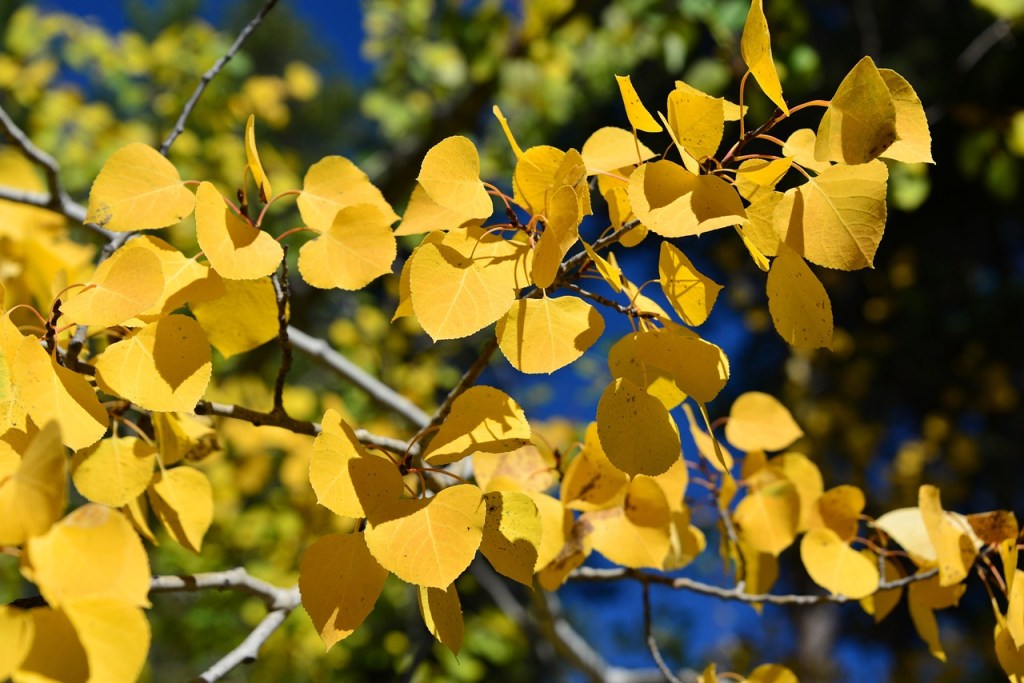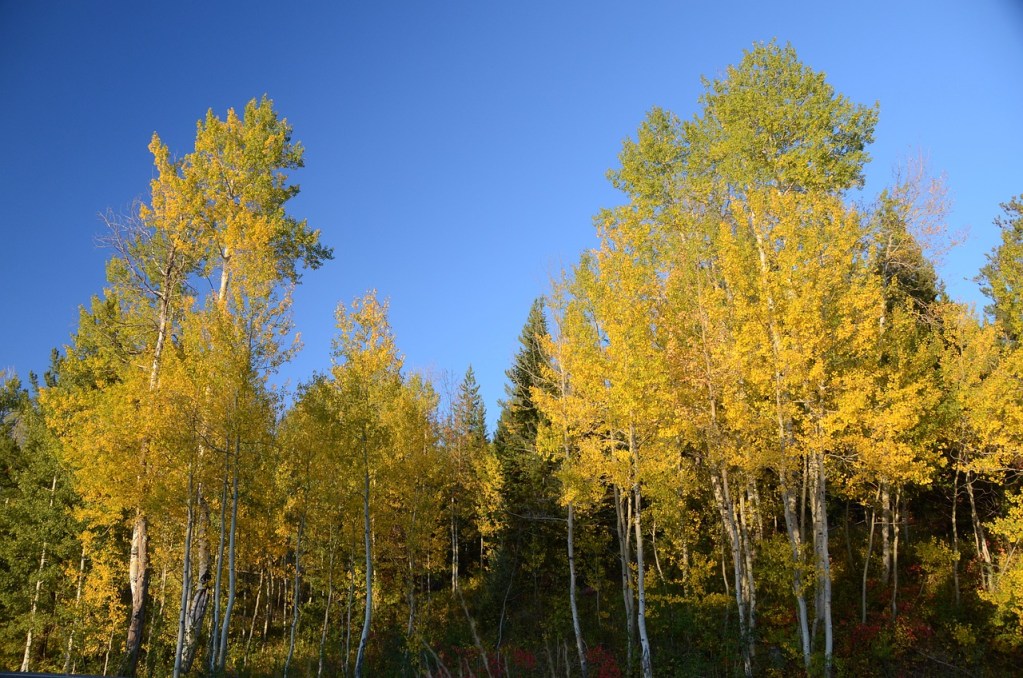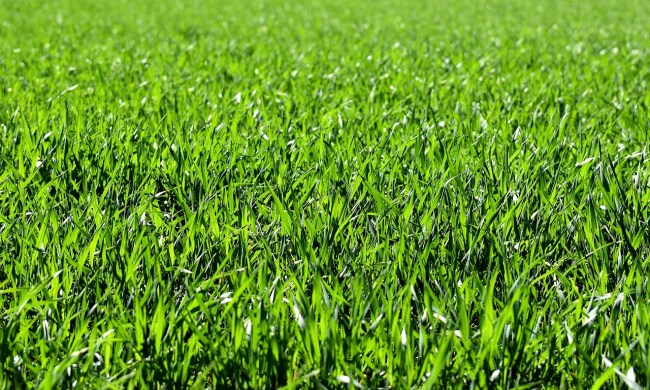
Quaking aspens are native deciduous trees with striking and easily recognizable silhouettes. They have tall, thin trunks wrapped in white or silver bark. Although they are stunning all year long, with small white flowers in the spring and round green leaves in the summer, quaking aspens are perhaps most famous for their brilliant gold color of fall foliage. In addition to their beauty, quaking aspens are also extremely good for the environment. If you’re thinking about planting a quaking aspen tree in your yard, this is the care guide for you.
How to plant a quaking aspen
When choosing your planting site, there are a few key things to look for. First, your planting site should be well away from power lines, buildings, or other structures that tree growth could damage. Quaking aspens typically grow to between 30 and 50 feet tall (although some can grow much taller) and their longest branches can grow up to 30 feet long, so make sure your tree has plenty of room.
Your location should also be in full sun with rich, moist soil. Quaking aspens need at least 4 to 6 hours of sun each day in order to grow properly. In addition to the sun, a quaking aspen needs plenty of water and nutrients. Adding compost to your soil before you begin planting can help improve poor soil. Although it needs moist soil, avoid planting your quaking aspen in wetlands or dips where water pools, as too much standing water can lead to fungal infections.

Caring for and maintaining your quaking aspen
Keep the soil moist but not soggy while your quaking aspen is growing, especially during the summer when it is hot and dry. However, take care not to overwater it. If it has rained recently or the soil is still wet, then wait to water it until the soil dries. This is primarily to prevent fungal infections which thrive in wet soil. The most common fungal infections quaking aspens suffer from affect the leaves, causing them to discolor and drop early.
Regular pruning and trimming can keep your quaking aspen healthy and keep its size in check. Remove any diseased or damaged branches, as well as those that are growing too close to any structures or hazards. As your aspen grows, you may need a ladder or heavier equipment to prune it properly. Be careful, and have someone close by to help if there is an emergency.
Feed your quaking aspen in early spring with a high-nitrogen fertilizer. Fertilizers that contain a lot of organic material, such as compost or leaf mulch, are particularly good for quaking aspens. Avoid fertilizing quaking aspens more than twice a year, though, as they’re sensitive to overfertilization.
These amazing trees will be right at home in your yard or garden, especially now that you know how to care for them. Give your quaking aspen plenty of sunshine, room to grow, and rich, wet soil, and watch it thrive!



